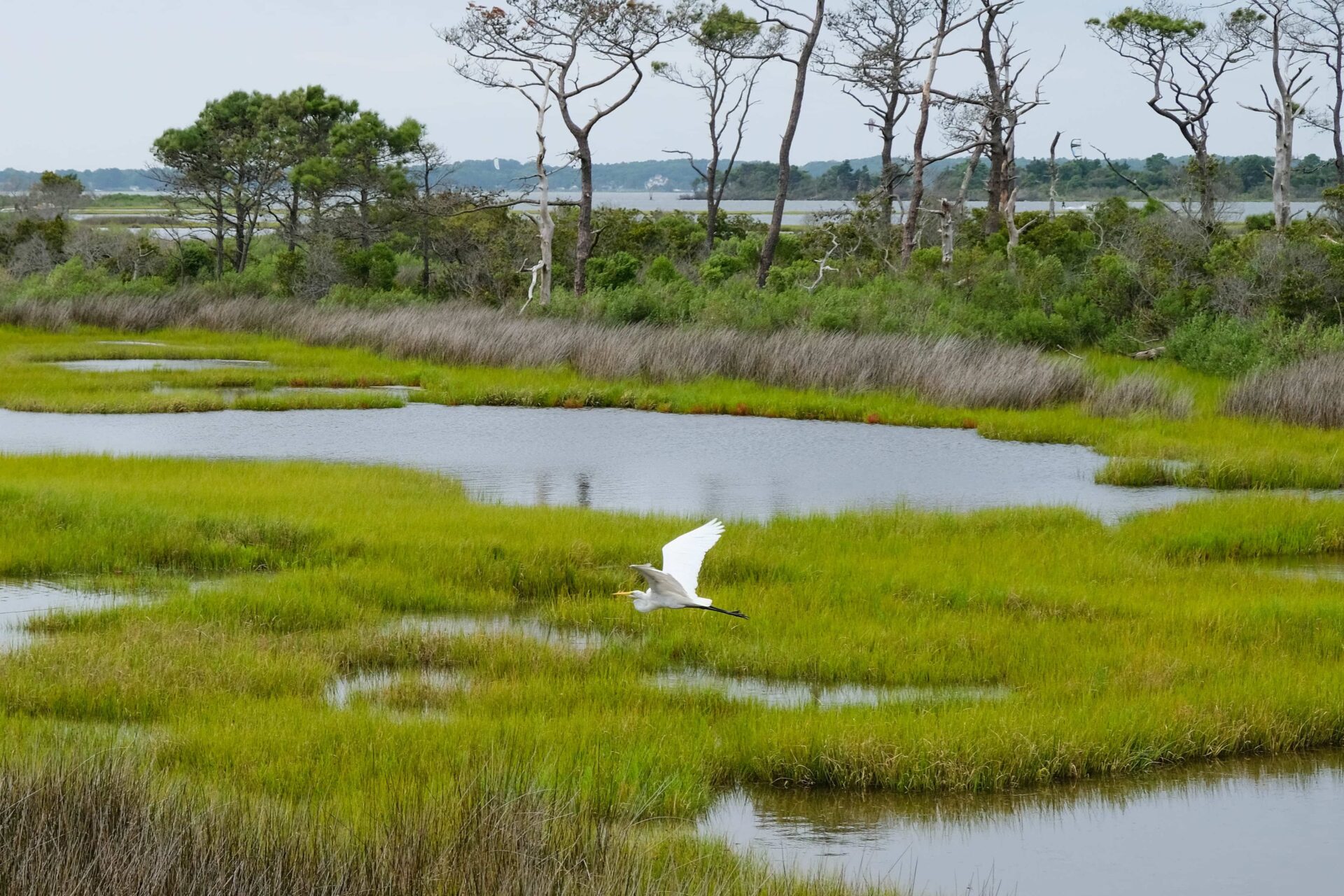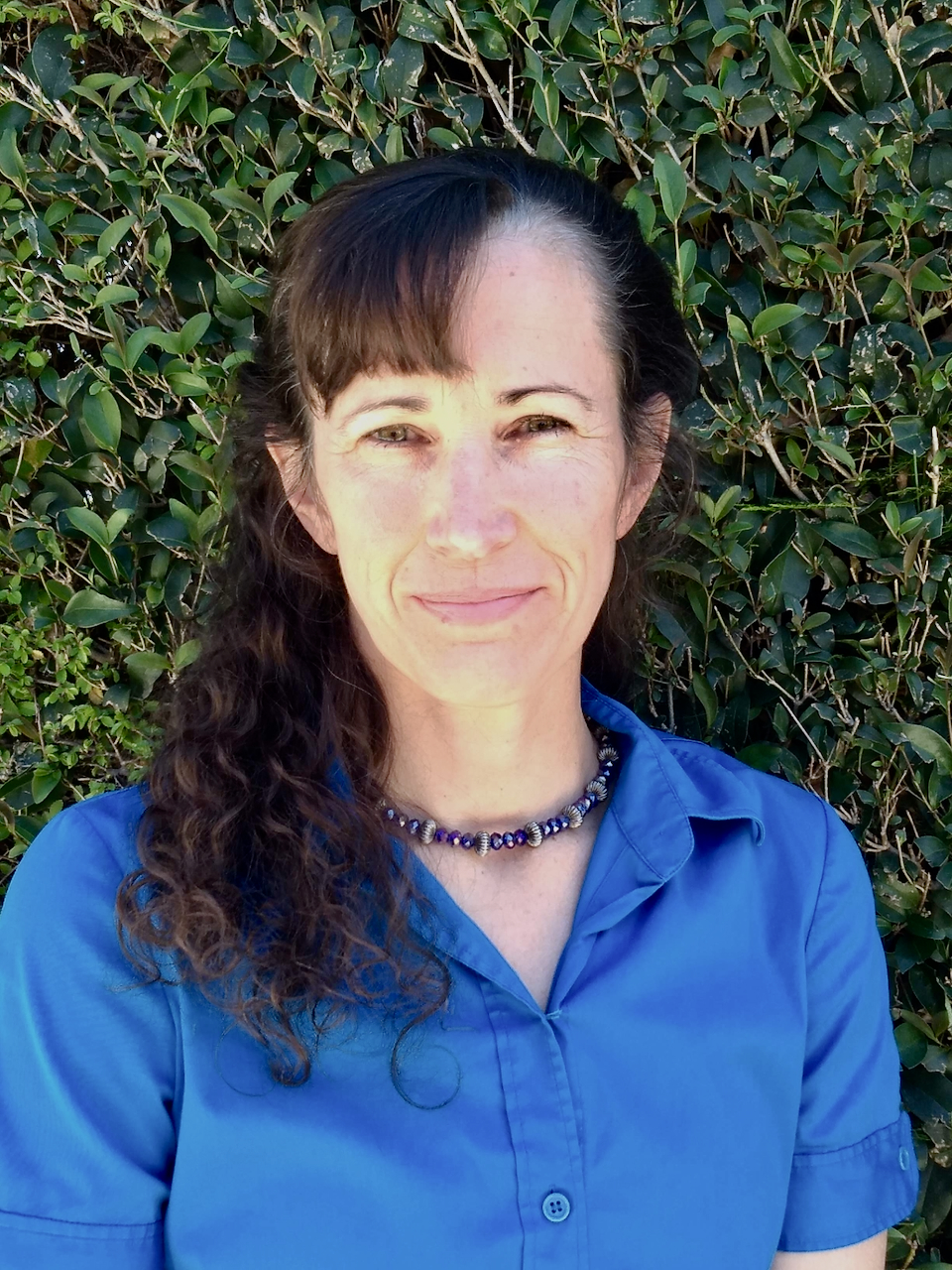This study showed that actions to restore wetlands and prioritize their water supply created habitat outcomes resilient to climate change impacts particularly in March, when habitat was most limited, and that land protection combined with management can increase the ecosystem’s resilience to climate change. Uptake and use of this information was influenced by the roles of different stakeholders, rapidly changing water policies, discrepancies in decision-making time frames, and immediate crises of extreme drought.
Abstract:
Scientists, resource managers, and decision makers increasingly use knowledge coproduction to guide the stewardship of future landscapes under climate change. This process was applied in the California Central Valley (USA) to solve complex conservation problems, where managed wetlands and croplands are flooded between fall and spring to support some of the largest concentrations of shorebirds and waterfowl in the world. We coproduced scenario narratives, spatially explicit flooded waterbird habitat models, data products, and new knowledge about climate adaptation potential. We documented our coproduction process, and using the coproduced models, we determined when and where management actions make a difference and when climate overrides these actions. The outcomes of this process provide lessons learned on how to cocreate usable information and how to increase climate adaptive capacity in a highly managed landscape. Actions to restore wetlands and prioritize their water supply created habitat outcomes resilient to climate change impacts particularly in March, when habitat was most limited; land protection combined with management can increase the ecosystem’s resilience to climate change; and uptake and use of this information was influenced by the roles of different stakeholders, rapidly changing water policies, discrepancies in decision-making time frames, and immediate crises of extreme drought. Although a broad stakeholder group contributed knowledge to scenario narratives and model development, to coproduce usable information, data products were tailored to a small set of decision contexts, leading to fewer stakeholder participants over time. A boundary organization convened stakeholders across a large landscape, and early adopters helped build legitimacy. Yet, broad-scale use of climate adaptation knowledge depends on state and local policies, engagement with decision makers that have legislative and budgetary authority, and the capacity to fit data products to specific decision needs.



